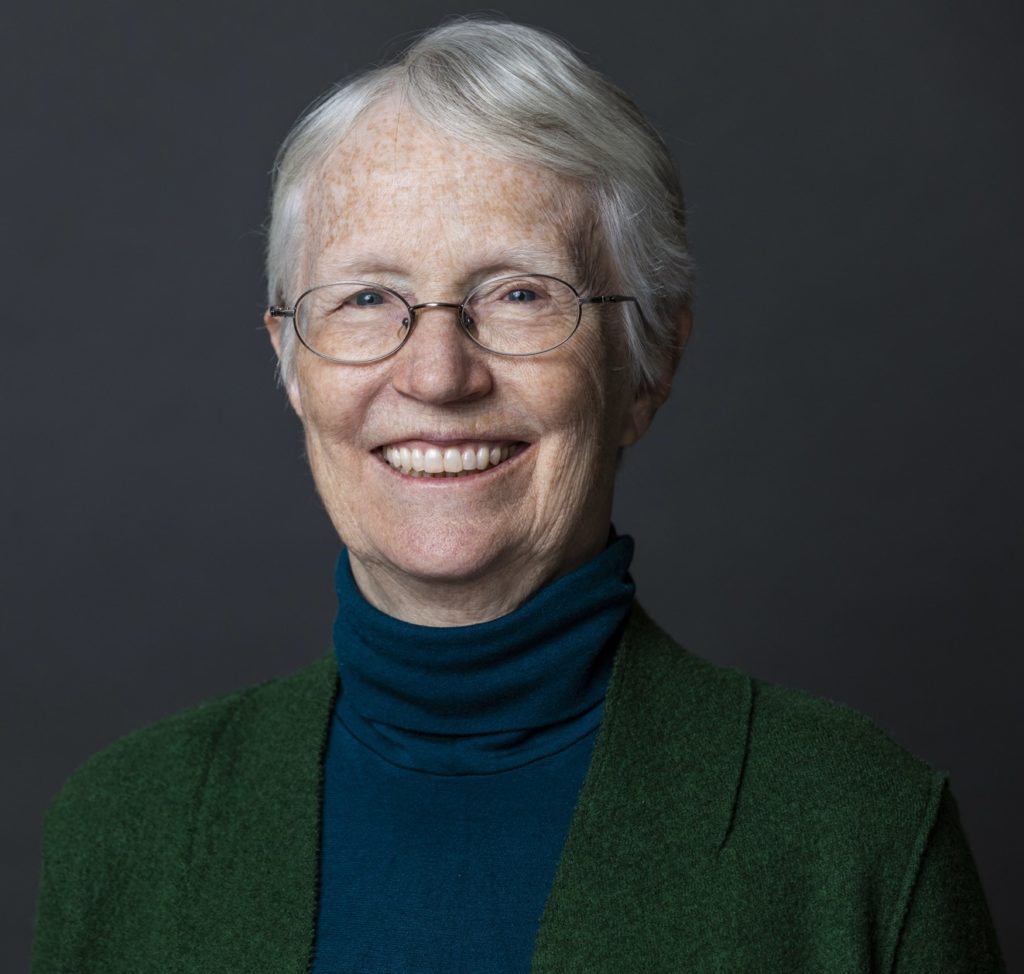
By Katie Lutz
Catherine Bertini is an accomplished leader and a powerful advocate for women and girls. In her distinguished career, she has improved the efficiency and operations of organizations focused on food security and hunger relief in the United States and around the world. Bertini served for 10 years as the CEO of the United Nations World Food Program (WFP), and prior to that, she held positions as a director at the U.S. Department of Health and Human Services and as Assistant Secretary of Agriculture for Food and Consumer Services at the U.S. Department of Agriculture.
Bertini joined The Global FoodBanking Network’s (GFN) Board of Directors in 2016, bringing her wealth of expertise from her years focused on hunger and food security. As Bertini’s Board term comes to an end in December 2022, we sat down with her to discuss her illustrious career, her time on GFN’s Board, and why she will always be an advocate for food banks.
GFN: What steps led you to becoming a food systems expert?
Catherine Bertini: As far back as I can remember I always wanted to be a public servant. When I was in high school, I even wrote that I wanted to be a “government worker” in my senior year yearbook. After landing various roles within the U.S. government, I had the opportunity to think about the food security problem on a global scale. In 1992, I was nominated on the recommendation of President George H. W. Bush appointed by the UN Secretary General to be the first American to serve as CEO of the World Food Program. And then in 1997, I was reappointed by the Secretary General on the recommendation of President Bill Clinton to serve a second term, serving a total of 10 years.
What was the greatest highlight of your career? In 2003, I was named the World Food Prize Laureate, they said, for my leadership and transformational change of WFP into the world’s largest and most responsive humanitarian organization. Truthfully, we had an amazing opportunity to change the structure of an already existing organization, and that groundwork we laid is the foundation for what you know as WFP today. My proudest moments, however, are the work we did for women and girls during that time. Not only were we working with women in communities across the globe to help them better understand the key role they played in the agricultural system, but by the end of my term at the WFP, more than 60 percent of our assistance was being delivered to women by local female staff.
How did you become involved in food banking and GFN? Like many others, I was initially introduced to food banks in my local community. I volunteered and donated to my community food bank. Additionally, during my time at USDA, we supported Second Harvest, now Feeding America. It wasn’t for many years later, until I was asked to join GFN’s Board, that I understood how successful food banking could be on a global scale.
Bertini visits Green Food Bank in Shanghai, China, during GFN’s Board meeting in July 2018. (Photo: The Global FoodBanking Network)
Why is food banking so important to you?
Beyond food banking’s core mission to address hunger, I admire food banks because they are a successful and sustainable community-based solution led by local people who are passionate about ending hunger at home. It is absolutely crucial to have local leadership if we are ever going to achieve Zero Hunger. I will continue to champion and support food banking and GFN, and I encourage others to do so.
What role do you see food banks playing in the cost-of-living crisis we are experiencing today? Community-led organizations designed to address local hunger needs, food banks can see early warning signs of crises and react quickly and efficiently. Rising prices don’t affect everyone equally, and people with lower incomes tend to spend a much higher percentage of their income on food. Food banks can help fill those gaps and can provide short-term assistance to people who find themselves struggling.
Do you have any parting words for GFN and its supporters? We all want to build sustainable food systems, and we all want to help people facing hunger. In a perfect world, no one goes hungry, but right now that is not the reality. Food banks can make the difference. Supporting community-based systems is a priority for healthy and sustainable lifestyles and food banking is one of the best examples of community-led solutions to hunger.
